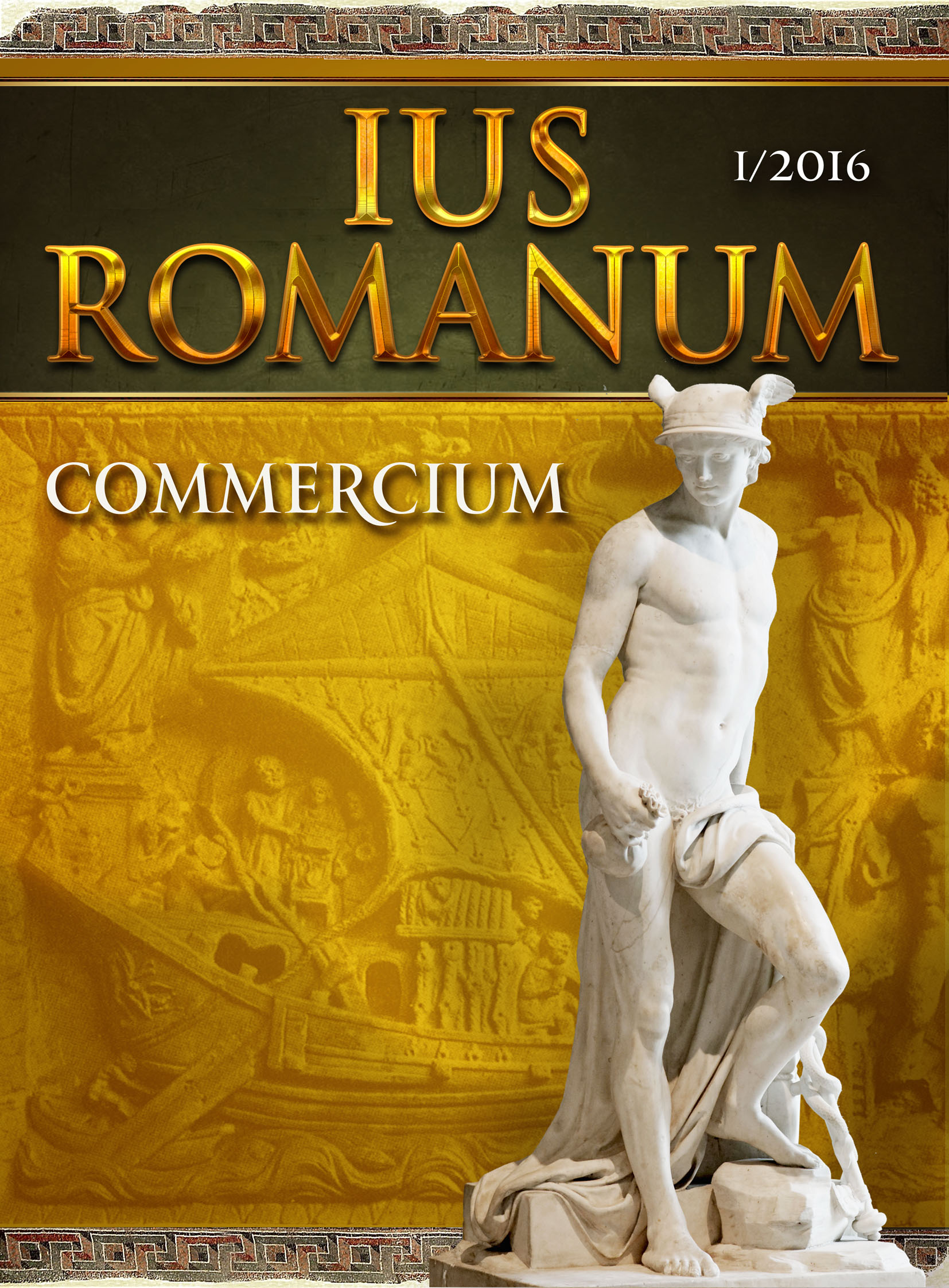ПЪРВООБРАЗЪТ НА ПРОИЗВОДСТВОТО ПО
НЕСЪСТОЯТЕЛНОСТ В ПРАВОТО НА ДРЕВНИЯ РИМ И НЕГОВОТО ИСТОРИЧЕСКО РАЗВИТИЕ В ЕВРОПА
THE PROTOTYPE OF THE INSOLVENCY PROCEEDINGS IN THE ROMAN LAW AND ITS HISTORIC DEVELOPMENT IN EUROPE
Author(s): Yanka TyankovaSubject(s): Law, Constitution, Jurisprudence, History of Law, Civil Law, EU-Legislation
Published by: Софийски университет »Св. Климент Охридски«
Keywords: Insolvency; enforcement of claims; proportional satisfaction of creditor's claims; trustee;
Summary/Abstract: As a type of enforcement proceedings, insolvency proceedings follow closely the genesis of the general enforcement proceedings against debtors. Therefore, it is logical that the historical roots of its development are linked not to the emergence and development of commercial law, but much earlier with the legal regulation of the very first forms of enforcement of claims. Roman law is familiar with individual enforcement procedures but not with insolvency proceedings as a universal type of enforcement procedure. This article present a brief comparative analysis between different forms of enforcement of claims in Roman law (Venditio bonorum, distractio bonorum, cessio bonorum) and the main elements of the insolvency proceedings as a universal type of enforcement proceedings. Various aspects of this comparison point out similarities between both types of enforcement of claims, such as: under Roman law for the first time creditors obtain the right to actively participate in the enforcement proceedings, which they later preserve in insolvency proceeding via the Creditors' Committee; the current figure of "trustee" in insolvency proceedings can trace its origins to the "curator" in Roman law; also there, we can find the earliest versions of the arrangement with creditors, the public proclamation of the debtor's insolvency, the accession of creditors and the proportional satisfaction of their claims as the main attributes of the beginning of universal enforcement of claims in Roman law. The conclusions of the analysis support the old issue in legal theory regarding the genetic links between some Roman legal figures and their counterparts in modern commercial law.
Journal: IUS ROMANUM
- Issue Year: 2016
- Issue No: 1
- Page Range: 827-840
- Page Count: 14
- Language: Bulgarian

